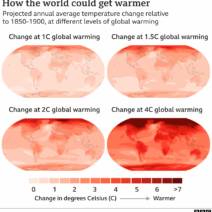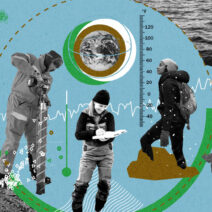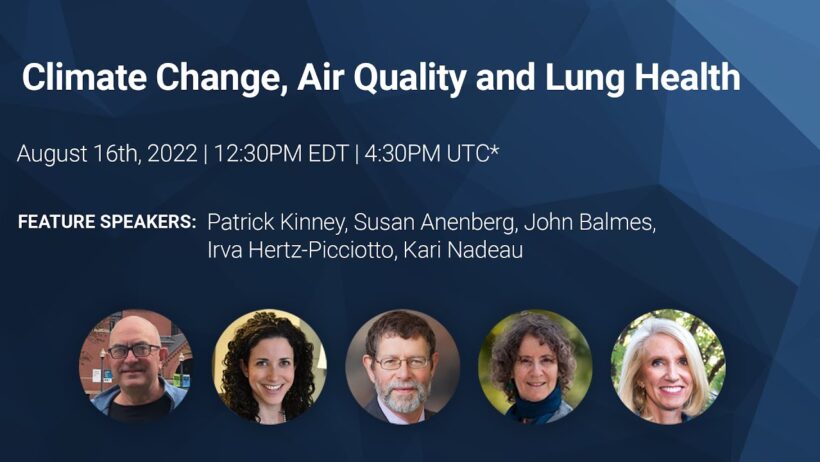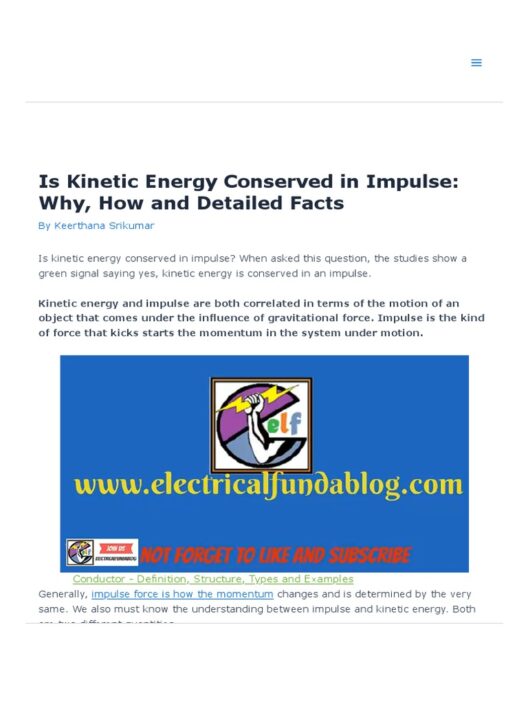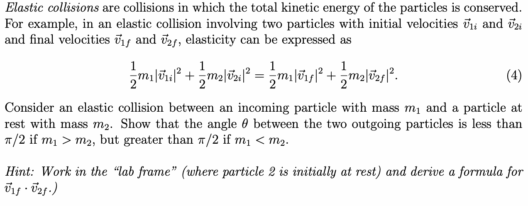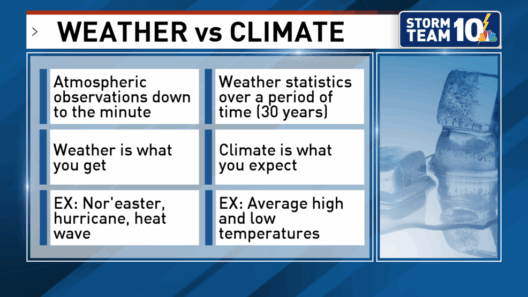The intricate relationship between air quality and public health is becoming increasingly urgent in today’s rapidly changing climate. The atmospheric alterations wrought by climate change, driven primarily by human activities, have significant and compelling effects on air quality. This, in turn, presents formidable challenges to human health, compelling us to confront a critical question: how do these environmental changes manifest in our lungs, hearts, and overall wellbeing?
The Hidden Dangers of Pollutants: Inhalation and Inflammation
Air pollution, a principal outcome of climate change, stems from a variety of sources, including vehicular emissions, industrial discharges, and the burning of fossil fuels. One might overlook the insidious nature of these pollutants, but they possess a profound capacity to infiltrate our respiratory systems. Tiny particulate matter, known as PM2.5, is particularly alarming; it can penetrate deep into lung tissue and enter the bloodstream, triggering a cascade of health issues.
Chronic respiratory conditions, such as asthma and chronic obstructive pulmonary disease (COPD), are exacerbated by poor air quality. The inflammation triggered by these small particles not only aggravates existing conditions but can also lead to new health problems. The body’s response to these pollutants creates a perpetual cycle of stress and inflammation, inviting further complications that can affect the cardiovascular system as well. The interconnection between respiratory and cardiovascular health establishes a dire warning; as air quality deteriorates, so too does human health.
The Seasonal Shift: Variability and Vulnerability
Climate change introduces a novel instability in air quality patterns, with seasonal variability altering pollutant levels. Warmer temperatures can enhance the formation of ground-level ozone, a potent respiratory irritant and a primary component of smog. The interplay of heat and sunlight catalyzes reactions between pollutants, leading to spikes in ozone levels, particularly during the summer months.
These seasonal shifts are not just a nuisance; they lead to increased hospital visits and healthcare costs. Vulnerable populations, including children and the elderly, face heightened risks during these peak pollution periods. The physiological effects of increased ozone exposure manifest as shortness of breath, chest pain, and coughing, complicating existing health issues and leading to a deterioration in quality of life.
Furthermore, pollen levels—a natural component of air quality—are also affected by climate change. Warmer climates and unusual weather patterns can enhance pollen production, leading to longer allergic seasons. Individuals with allergies or asthma may see their symptoms exacerbate, creating an intertwined web of health complications that further highlight the intricate link between climate, air quality, and vulnerable populations.
Mental Health: The Unseen Consequences of Poor Air Quality
While the physical toll of poor air quality is well-documented, its psychological implications frequently remain shrouded in obscurity. Emerging research reveals that exposure to polluted air is linked to increased rates of anxiety, depression, and other mental health disorders. The physiological stress inflicted on the body by air pollutants may indeed extend to cognitive health, influencing mood and emotional well-being.
Particulate matter triggers systemic inflammation, which has been associated with numerous mental health issues. Additionally, the burden of living in an area with chronic air quality issues fosters a sense of helplessness among residents, asserting psychological strains that are difficult to ignore. This connection underscores the urgent need for holistic approaches to public health that address not only the physical, but also the mental and emotional repercussions of climate-induced air pollution.
Urban Areas: The Epicenter of Air Quality Challenges
Cities worldwide are increasingly recognized as hotspots for air quality deterioration, largely due to high population density and traffic congestion. Urban centers are magnets for industrial activity, vehicle emissions, and other anthropogenic sources of pollution. The result is a precarious environment where residents face a toxic mélange of air pollutants daily, significantly impacting their health.
In urban settings, the health disparities become glaringly evident. Marginalized communities often reside in areas with the worst air quality, facing a disproportionate burden of pollution-related health problems. Investments in green infrastructure, sustainable transportation, and pollution regulation have emerged as imperative strategies to mitigate air quality issues in these high-risk environments.
The aesthetic appeal of clean urban environments cannot be overstated. Greener spaces and cleaner air not only contribute to physical health but also enhance the overall quality of life. Cities adopting proactive measures to combat air pollution can transform urban landscapes into healthy, vibrant communities, marrying environmental sustainability with public health.
Conclusion: A Call to Action
In summation, the intricate tapestry connecting climate change, air quality, and public health demands urgent attention. The threats posed by deteriorating air quality are real, multifaceted, and far-reaching. Individuals, communities, and policymakers must unite in recognizing these challenges and advocating for substantial environmental policy reforms.
Every effort counts—from supporting renewable energy initiatives to enhancing green spaces in urban settings. The path towards a healthier future lies not only in understanding the complexities of this relationship but also in our collective resolve to confront it head-on. Addressing air quality issues is not merely an ecological necessity; it’s a moral imperative for ensuring the health and well-being of future generations.
